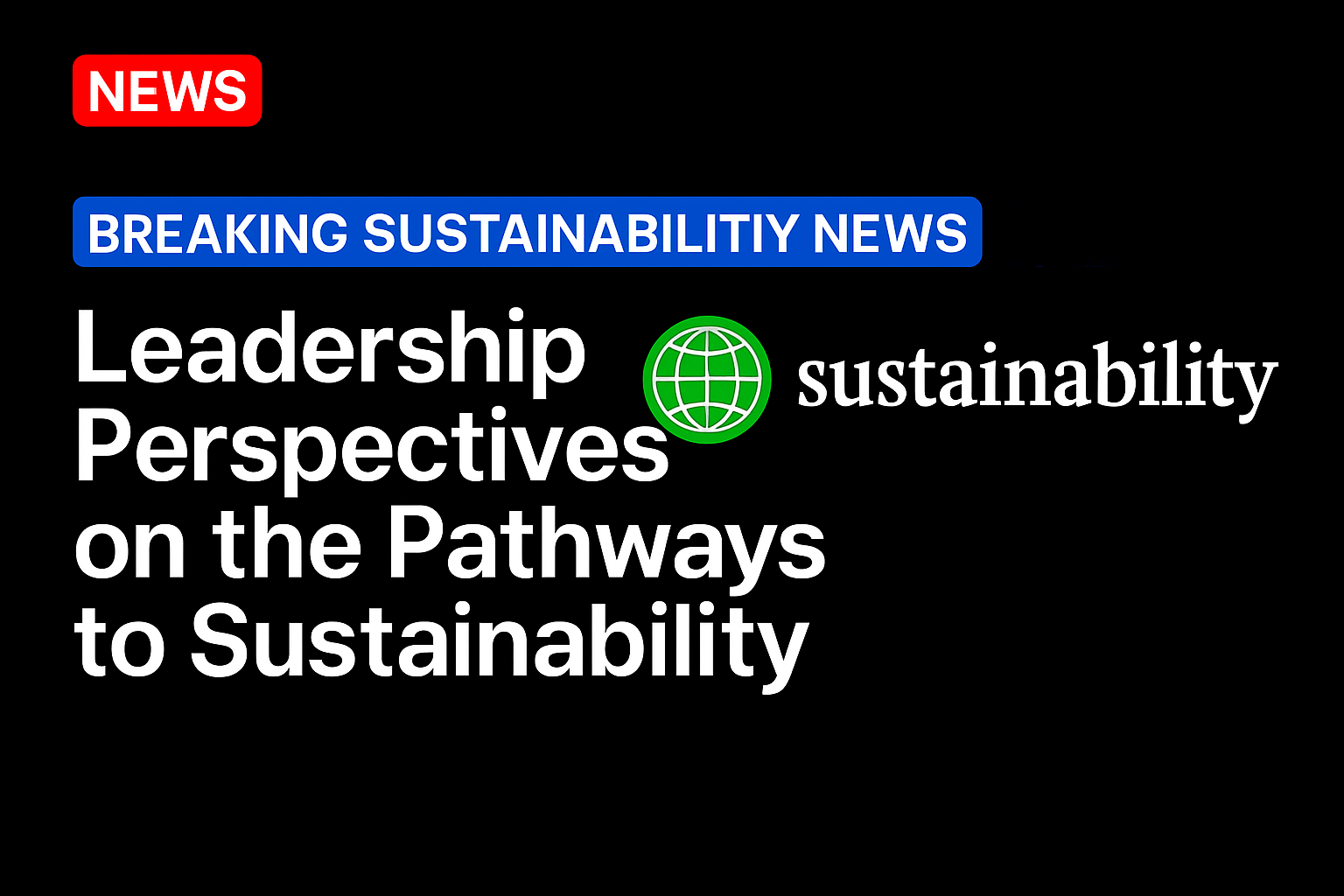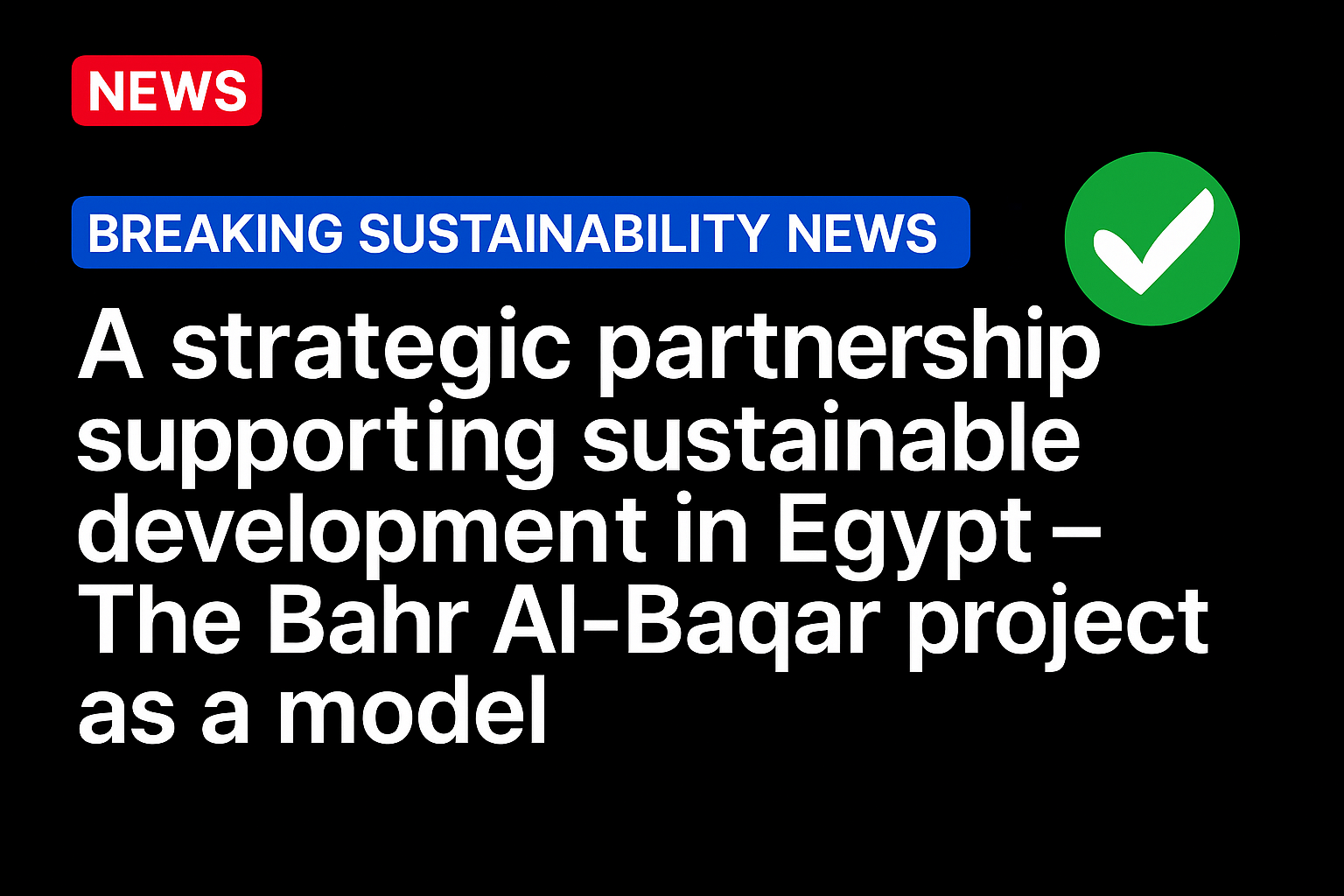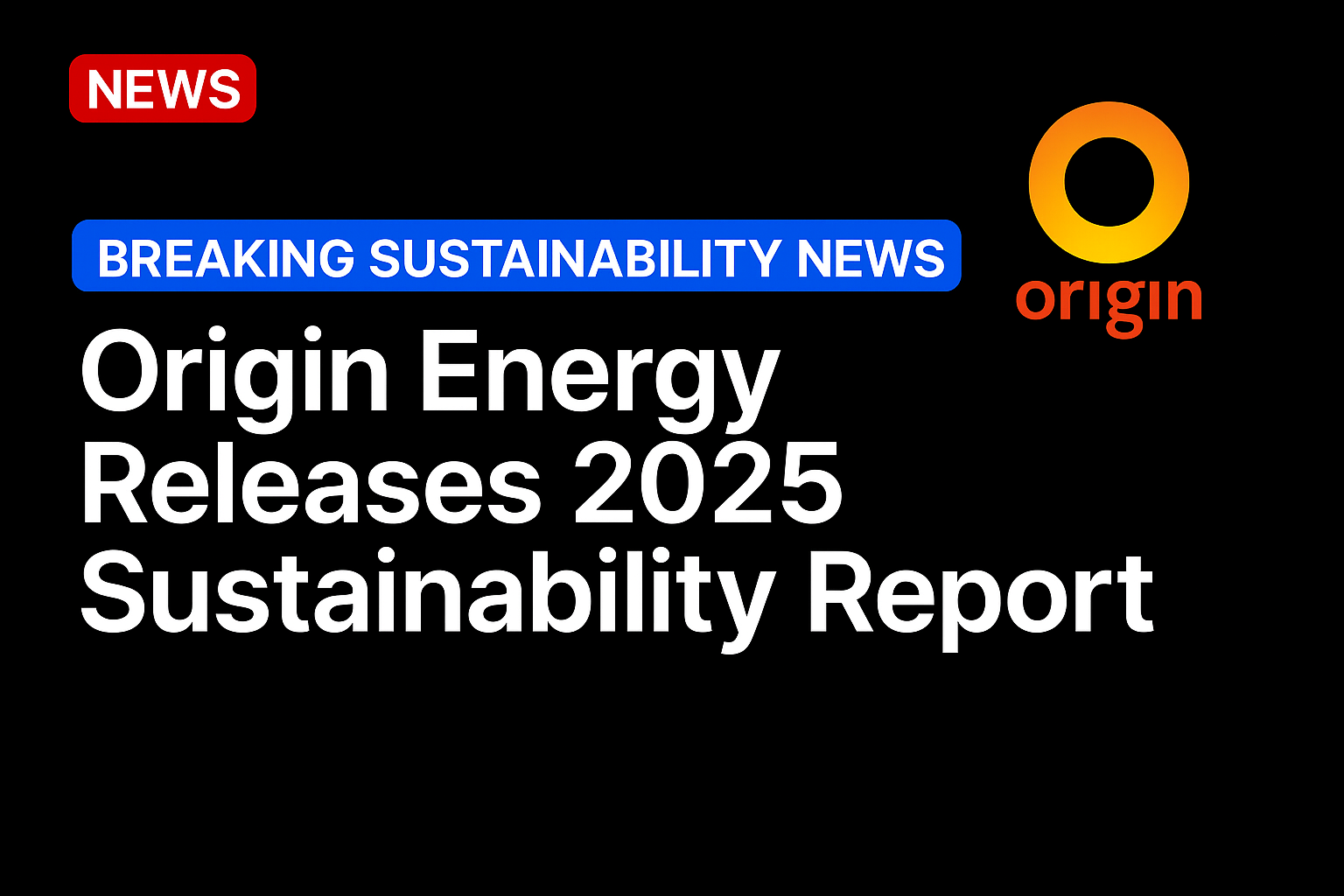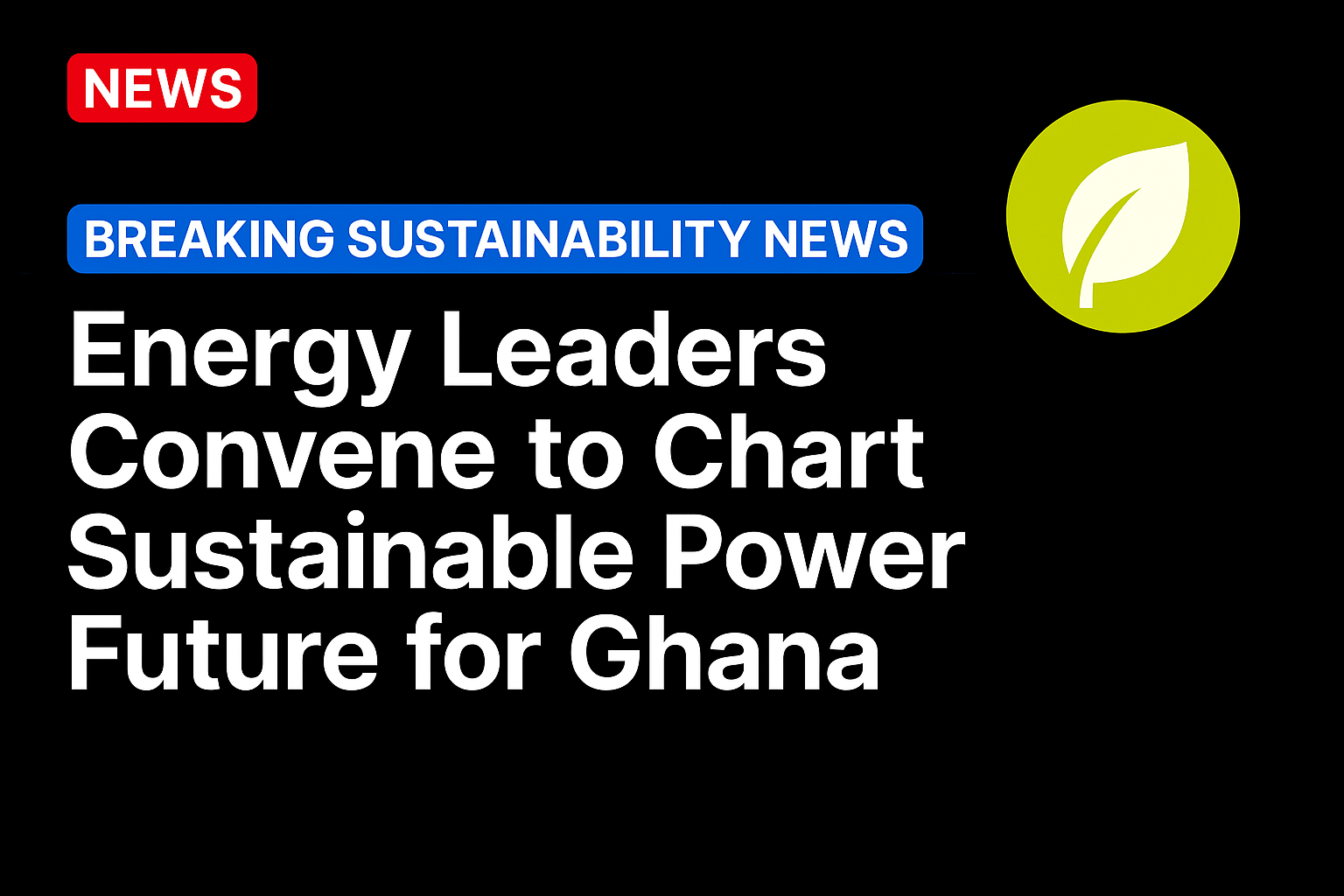As companies navigate a landscape of increasing climate risk and evolving regulations, the role of sustainability has evolved beyond a simple compliance function to become a core pillar driving long-term value. Leading firms are now embedding decarbonization and ESG principles across their entire value chain, not just to mitigate risk, but to build resilience and gain a competitive advantage.
A key part of this repositioning involves transforming energy consumption from a simple cost center into a source of innovation. As energy efficiency and renewable integration become critical, companies are making large-scale investments in cleaner technologies. The decision-making for these projects is now driven by a broader set of metrics beyond immediate ROI, including long-term energy security and operational resilience, especially for facilities in diverse global or regional locations. One of such examples is Walmart de México y Centroamérica’s decision in 2010 to sign a 15-year Power Purchase Agreement (PPA) to buy the power generated by a new wind farm. This long-term commitment provided the financial backing needed to build the project while securing lower energy costs for 348 of the company’s facilities and supplying 18% of its total electricity needs in Mexico that year.
Today, Walmart de México y Centroamérica sources 51.4% of the energy it uses in Mexico from clean sources, aiming to reach 100% by 2030. It sources clean energy from six wind farms and two hydroelectric plants while expanding its on-site solar generation capacity. The company has installed 100 solar rooftops on its stores and distribution centers, which generate over 14MW/h of energy annually, equivalent to avoiding more than 9,000t of CO2 emissions, according to its 2023 sustainability report.
Activating the Value Chain: From Supplier to Community
The expectation of sustainability now extends beyond a company’s own walls and into its entire value chain. This dual pressure is acutely felt by multinational industrial firms, which must simultaneously meet the stringent ESG requirements of their clients while also driving sustainability down through their own network of raw material suppliers. This creates a cascading effect where high ESG standards become a prerequisite for participation in premier industrial supply chains.
Addressing Scope 3 emissions is particularly important for companies like DuPont, as according to its Sustainability report, these emissions represent 85% of all emissions across all scopes. “Reducing our Scope 3 emissions delivers considerable business benefits while creating value for our customers through our commitment to support their emissions reduction targets,” reads DuPont’s Sustainability report.
How Capital Is Driving the ESG Agenda
The shift toward sustainability is not just an internal corporate decision; it is increasingly a mandate from the market’s most powerful players: institutional investors. In Mexico, large pension fund managers (AFOREs), such as Afore XXI Banorte, are leveraging their vast capital pools to influence corporate behavior. This represents a fundamental change where major investors are moving beyond passive shareholding to become active stewards of long-term value.
This influence is exerted through sophisticated ESG investment criteria and specific financial instruments. For instance, according to its latest sustainability report, Afore XXI Banorte participates in the issuance of sustainability-linked bonds, which tie financing terms to a company’s ability to meet specific ESG targets. The pension fund’s portfolio also includes investments in blue bonds, a thematic instrument designed to finance marine and coastal conservation projects. Furthermore, the report states that 30% of the AFORE’s alternative investments are directed toward sustainable projects, including renewable energy parks, as well as health and education infrastructure.
To consolidate sustainability efforts, the private sector must engage more deeply with federal and local governments to help delineate a clear legal framework. A strong and well-defined framework provides the certainty investors need, creates the proper incentives for responsible practices, and promotes economic development. At the same time, not engaging with industry experts, who understand how certain sectors operate, risks creating a prohibitive legal framework that hinders the industry’s ability to operate efficiently.
Source: https://mexicobusiness.news/




